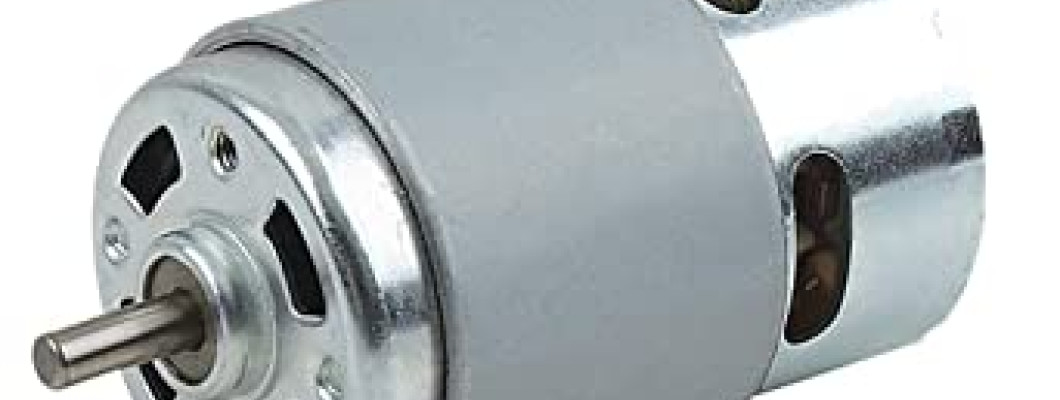Working Principle of DC Motor: A Comprehensive Guide

Introduction
DC motor is an electro-mechanical device that converts direct current electrical energy into mechanical energy. It plays a vital role in many modern technologies, from electric vehicles to robots, and even small household appliances. In this blog post, we will discuss the basic principles of DC motor, its components and functions, working principle, and tips for controlling its speed.
Basic Principles of DC Motor
Electromagnetism is the fundamental principle that DC motor relies on to convert electrical energy into mechanical energy. The Lorentz force law, which states that a charged particle moving in a magnetic field experiences a force perpendicular to both the magnetic field and the particle's velocity, is also relevant. Fleming's left-hand rule is used to determine the direction of the force produced by the interaction of the magnetic field and the current in the armature.
Components of DC Motor and their Functions
The armature is a cylindrical component that rotates inside the magnetic field created by the stator. The commutator, which is a split-ring assembly mounted on the armature, is responsible for ensuring that the current in the armature rotates with the armature. Brushes, which are made of carbon or graphite, provide electrical contact between the stationary external circuit and the rotating commutator.
Working Principle of DC Motor
The basic working principle of DC motor is that when an electric current flows through the armature, it experiences a force due to the interaction of the magnetic field and the current. This force causes the armature to rotate, producing mechanical energy. The torque produced by the DC motor is directly proportional to the strength of the magnetic field, the current in the armature, and the length of the armature wire. Speed control of the DC motor can be achieved by varying the applied voltage, resistance, or using PWM (pulse width modulation) techniques.
Tips for Controlling the Speed of DC Motor
Controlling the speed of a DC motor is an important aspect of its operation in many applications. There are several ways to control the speed of a DC motor, including:
Voltage control: This method involves varying the applied voltage to the motor. By increasing or decreasing the voltage, the speed of the motor can be controlled. However, this method may not be very efficient as it can cause the motor to overheat and waste energy.
Resistance control: This method involves adding a variable resistor in series with the motor. By adjusting the resistance, the current flowing through the motor can be controlled, thus controlling the speed. This method is more efficient than voltage control as it reduces the risk of overheating.
PWM control: Pulse width modulation (PWM) involves rapidly switching the applied voltage on and off. By varying the duty cycle (ratio of on-time to off-time), the average voltage applied to the motor can be controlled, thus controlling the speed. This method is the most efficient and widely used for controlling the speed of DC motors.
Conclusion
In conclusion, DC motor is an important component in many modern technologies, and understanding its working principle and components is crucial for its efficient operation. By applying the basic principles of electromagnetism, torque, and speed control, we can ensure that DC motors operate optimally and efficiently. With the tips for controlling the speed of DC motors, we can effectively utilize these devices in various applications, from industrial machinery to household appliances.
Leave a Comment